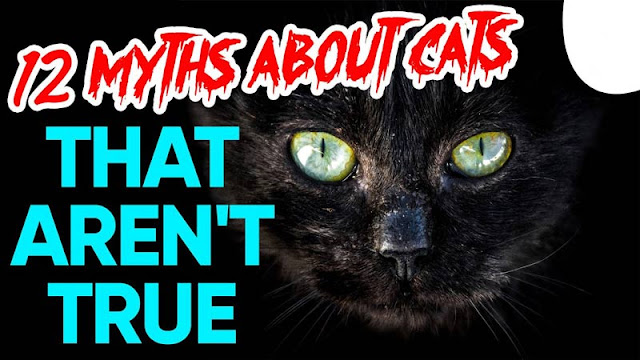Javanese Cats and Kittens

The Javanese is a longhair breed of cat usually associated with the Balinese breed because they both come from the spontaneous mutation of Siamese. Javanese cats have a very similar body configuration and character traits to the Balinese breed, but the Cat Fanciers’ Association distinguished the Javanese as a separate breed because of the much larger color assortment of Javanese cats. The Javanese cats are known to have a particular personality associated to each color variation. Red and cream points are the most carefree and blase of all colors. Javanese cats with these colors love their playtime. Lynx points are the most popular pattern of the Javanese cats. Lynx point personalities appear to vary between the majestic and noble to the more imaginative, always busy with tricks and toys. Tortie points are the giddy fair-haired or nutty redhead Javanese. They will loudly verbalize their minds and amuse you with their frolics. Javanese cats also come in seal, blue, chocolate and lilac po...















